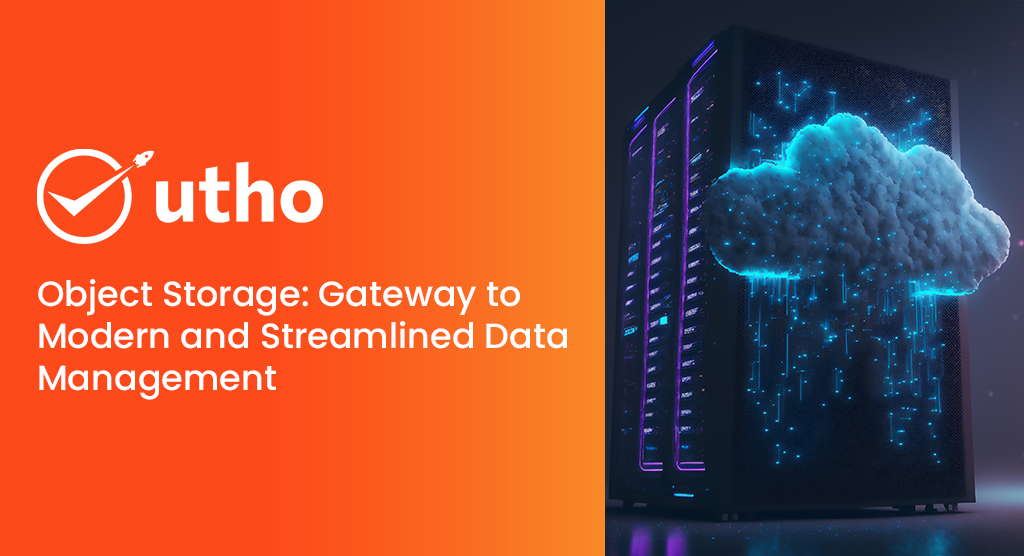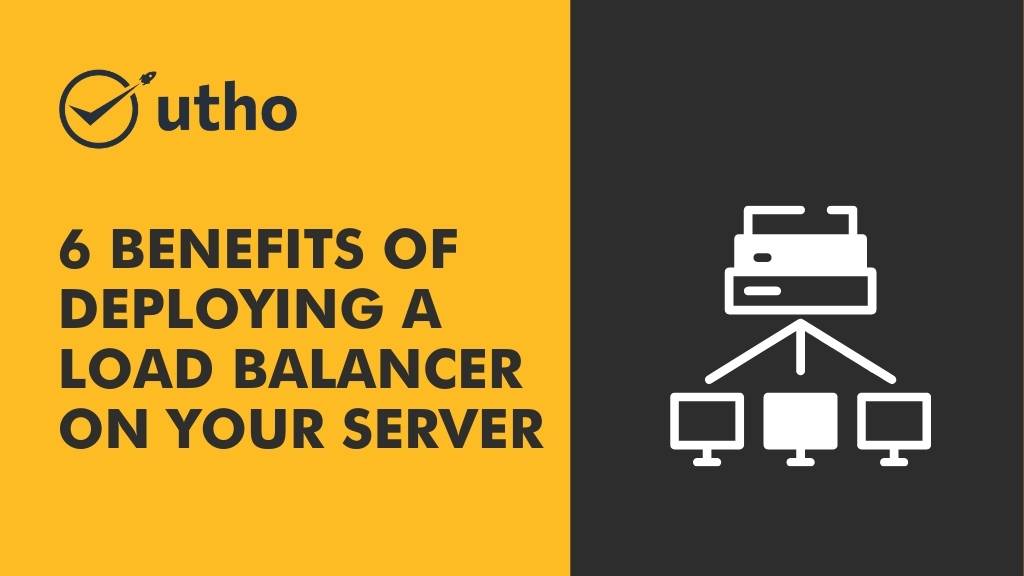title: "5 Proven Strategies for Disaster Recovery and Business Continuity in the Cloud"
date: "2023-03-29"
Cloud disaster recovery is more than just backing up your data to a remote server. It requires a holistic approach that encompasses people, processes, and technology. Several key elements can make or break your recovery efforts, from risk assessment to testing and automation. To help you get it right, we've compiled a list of 5 proven strategies for disaster recovery and business continuity in the cloud that you can start implementing today.

1.Backup and Recovery
The first strategy for disaster recovery and business continuity in the cloud is to implement a regular backup and recovery process for critical data and applications. This involves creating copies of critical data and applications and storing them in a secure cloud environment.
By doing this, in an outage, businesses can quickly and easily restore their data and applications from the cloud, minimizing downtime and ensuring business continuity. It is important to test the restoration process regularly to ensure that the data and applications can be recovered quickly and accurately.
The cloud provides several advantages for backup and recovery, such as easy scalability, cost-effectiveness, and the ability to store data in different geographic locations for redundancy. This strategy can help businesses to mitigate the risk of data loss and downtime, protecting their reputation and minimizing the impact on customers and partners.
2. Replication
This means creating a copy of critical data and applications in a different location from the primary system. In the cloud, you can replicate data and applications across different regions or availability zones within the same cloud service provider or multiple providers. This ensures that your data and applications remain accessible during an outage in the primary system.
To keep the replicated data and applications up to date, cloud-based replication solutions use technologies such as asynchronous data replication and real-time synchronization. As a result, if an outage occurs, you can failover to the replicated data and applications quickly and easily, minimizing the impact on your business and customers.
Implementing a cloud-based replication solution helps businesses achieve a high level of resilience and disaster recovery capability while minimizing the need for complex and costly backup and restore processes.
3.Multi-Cloud
This means using multiple cloud service providers to ensure redundancy and disaster recovery across different regions and availability zones to minimize the impact of an outage. When relying on a single cloud service provider, businesses risk outages due to natural disasters, system failures, or cyber-attacks that may occur within the provider's infrastructure. However, businesses can mitigate this risk by using multiple cloud service providers and ensuring that their data and applications remain available and accessible even in an outage in one provider's infrastructure.
A multi-cloud strategy also enables businesses to take advantage of different cloud providers' strengths, such as geographical reach, pricing, and service offerings. It also avoids vendor lock-in, allowing businesses to switch providers and avoid disruptions.
To implement a multi-cloud approach, businesses must carefully evaluate the costs and complexities of managing multiple cloud service providers. They must also ensure that their applications are compatible with multiple cloud platforms and have the necessary redundancy and failover mechanisms.
Businesses can use a multi-cloud approach to ensure a high level of resilience and disaster recovery capability while minimizing the risk of downtime and data loss during an outage.
4.High Availability
Deploy highly available architectures, such as auto-scaling and load-balancing, to ensure that applications remain available and responsive during an outage.
Auto-scaling and load-balancing allow applications to adjust dynamically to changes in demand, ensuring that resources are allocated efficiently and that the application remains available and responsive to users. Auto-scaling automatically adds or removes compute resources based on workload demand, while load-balancing distributes traffic across multiple servers to prevent any single server from becoming overloaded.
In disaster recovery and business continuity, these techniques can be used to ensure that critical applications are highly available and can handle increased traffic or demand during an outage. For example, suppose an application server fails. Auto-scaling can quickly spin up additional servers to take over the workload, while load-balancing ensures that traffic is routed to the available servers.
To implement highly available architectures in the cloud, businesses must design their applications with resilience, including redundancy, failover mechanisms, and fault-tolerant design. They must also monitor their applications to continue identifying and mitigating potential issues before they lead to downtime.
5. Disaster Recovery as a Service (DRaaS)
DRaaS is a cloud-based service that provides businesses with a complete disaster recovery solution. This solution includes backup, replication, and failover, without the need for businesses to invest in their infrastructure.
By replicating critical data and applications to a secondary site or cloud environment, DRaaS ensures that systems can quickly fail in an outage or disaster. DRaaS providers often offer a range of service levels, from basic backup and recovery to comprehensive disaster recovery solutions with near-zero recovery time (RTOs) and recovery point objectives (RPOs).
One of the key benefits of DRaaS is that it reduces the need for businesses to invest in their disaster recovery infrastructure, which can be costly and complex to manage. DRaaS providers can also help businesses develop and test their disaster recovery plans, ensuring they are fully prepared for a potential disaster.
To implement DRaaS, businesses must carefully evaluate their disaster recovery requirements, including their RTOs and RPOs, and choose a provider that meets their specific needs. They must also ensure that their data and applications are compatible with the DRaaS provider's environment and have a plan for testing and maintaining their disaster recovery solution.
Using DRaaS, businesses can ensure a high level of resilience and disaster recovery capability without the need for significant capital investment and complex infrastructure management.
By following these strategies, businesses can significantly reduce the risk of data loss and downtime in an outage, ensuring business continuity and minimizing the impact on customers, employees, and partners.



